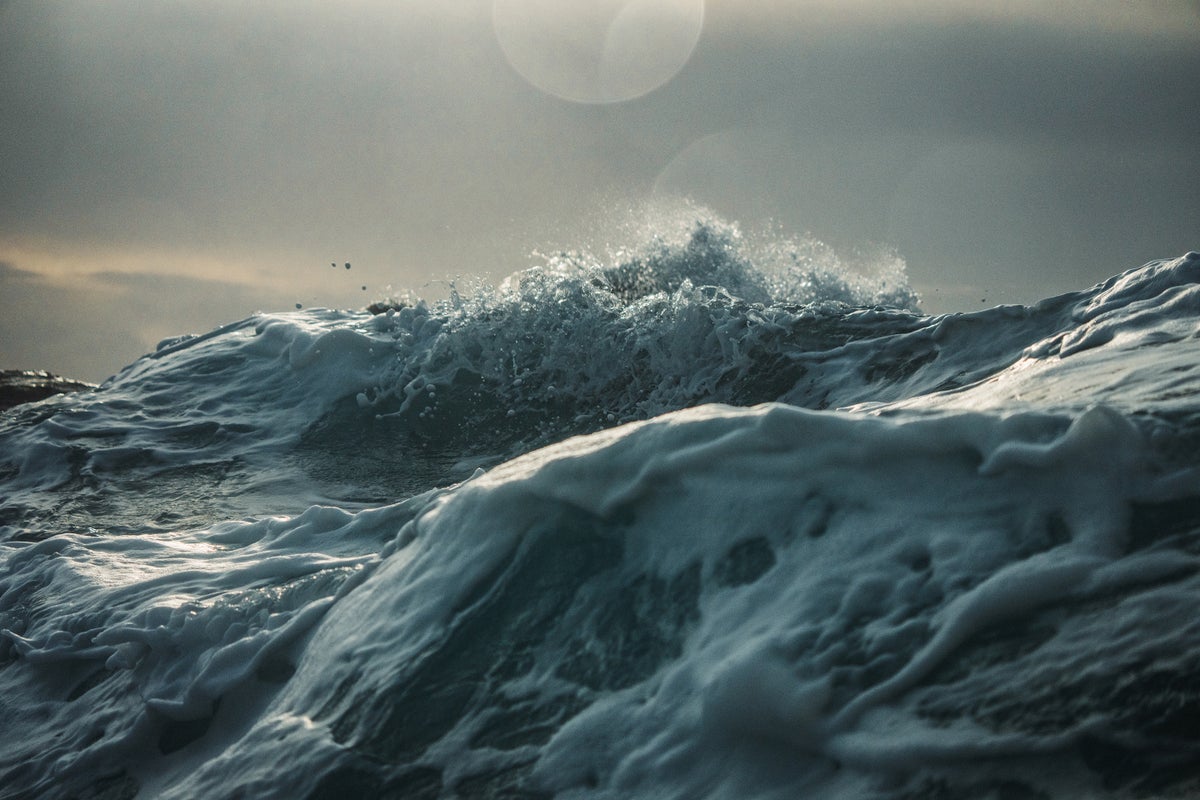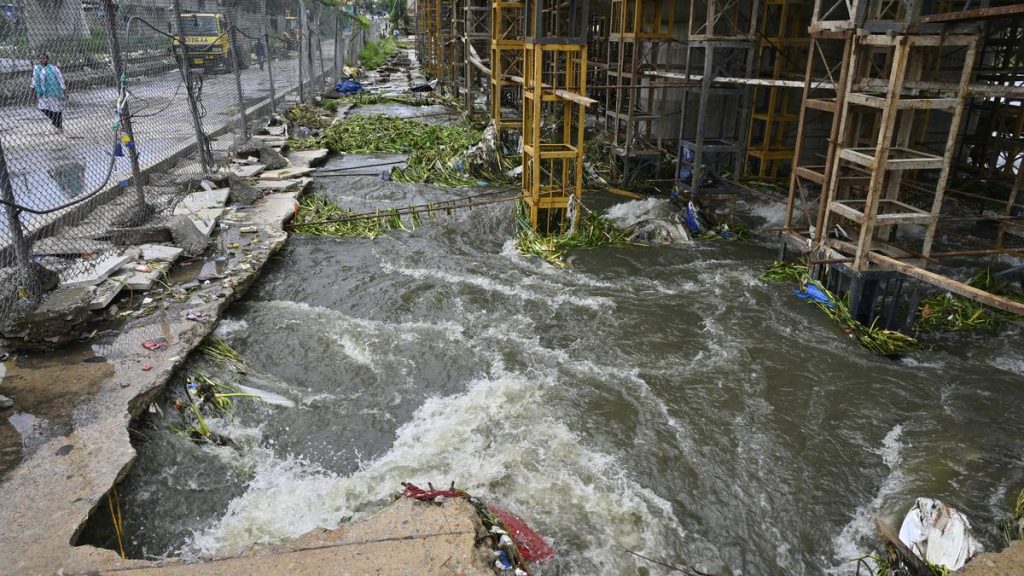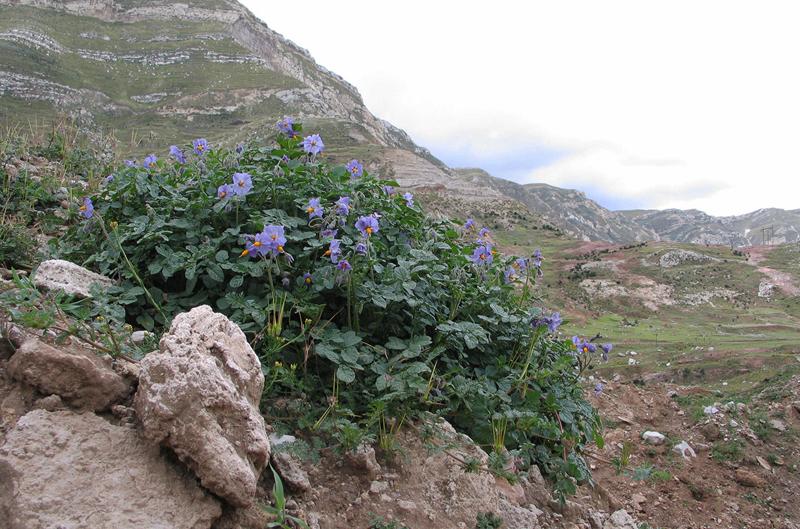Now Reading: Deep-Sea Desalination: Tapping Fresh Water from Ocean Depths
-
01
Deep-Sea Desalination: Tapping Fresh Water from Ocean Depths
Deep-Sea Desalination: Tapping Fresh Water from Ocean Depths

Quick Summary
- Subsea desalination, a novel method of extracting fresh water from deep seas using natural hydrostatic pressure, is being explored as a solution to global freshwater shortages.
- This process uses reverse osmosis pods deployed approximately 500 meters underwater with significant energy efficiency gains compared to conventional desalination technologies.
- Companies like Flocean (Norway), Waterise (Netherlands), and OceanWell (USA) have developed prototypes and secured industrial customers for pilot projects expected by 2026.
- Advantages include reduced energy consumption (40-50% less then land-based plants),stable operating conditions,fewer bacteria at depth,and minimized environmental disruption in coastal areas.
- Challenges remain regarding high costs of implementation, scalability for city-level supply, potential ecological impacts on marine life in the twilight zone, and technical viability in regions with shallow continental shelves.
- Long-term governmental contracts are critical for commercialization; however, the water infrastructure sector is cautious about adopting unproven technologies on a large scale.
Indian Opinion Analysis
India faces mounting challenges related to access to freshwater resources amidst rapid urbanization and climate stressors affecting groundwater levels and river flows. Technologies like subsea desalination could offer valuable lessons in harnessing alternative water sources but may not be immediately viable due to high costs and technical constraints such as India’s extensive shallow coastal shelves requiring long pipelines.Additionally, ensuring minimal impact on marine ecosystems would necessitate rigorous research protocols-a factor that plays into India’s broader environmental concerns over lasting development practices.
Subsea desalination’s transformative potential aligns well with India’s goals of reducing reliance on diminishing aquifers or polluted surface water sources while leveraging innovations in renewable energy for cost feasibility over time. However, India must approach these advancements pragmatically by monitoring international case studies such as Flocean’s plant off Norway or Waterise’s Gulf of Aqaba project before considering adaptation strategies suited to local ecological contexts.



























